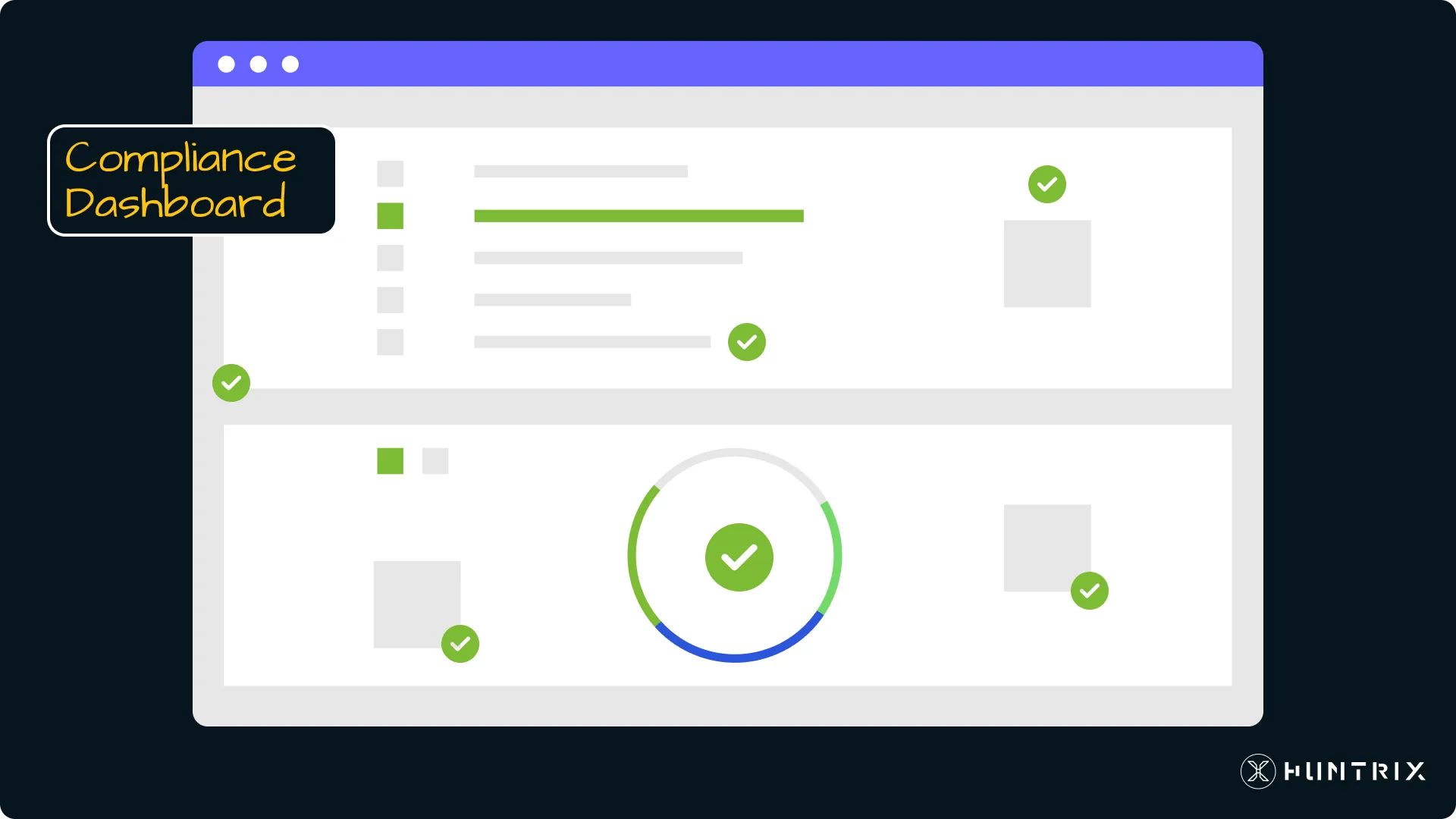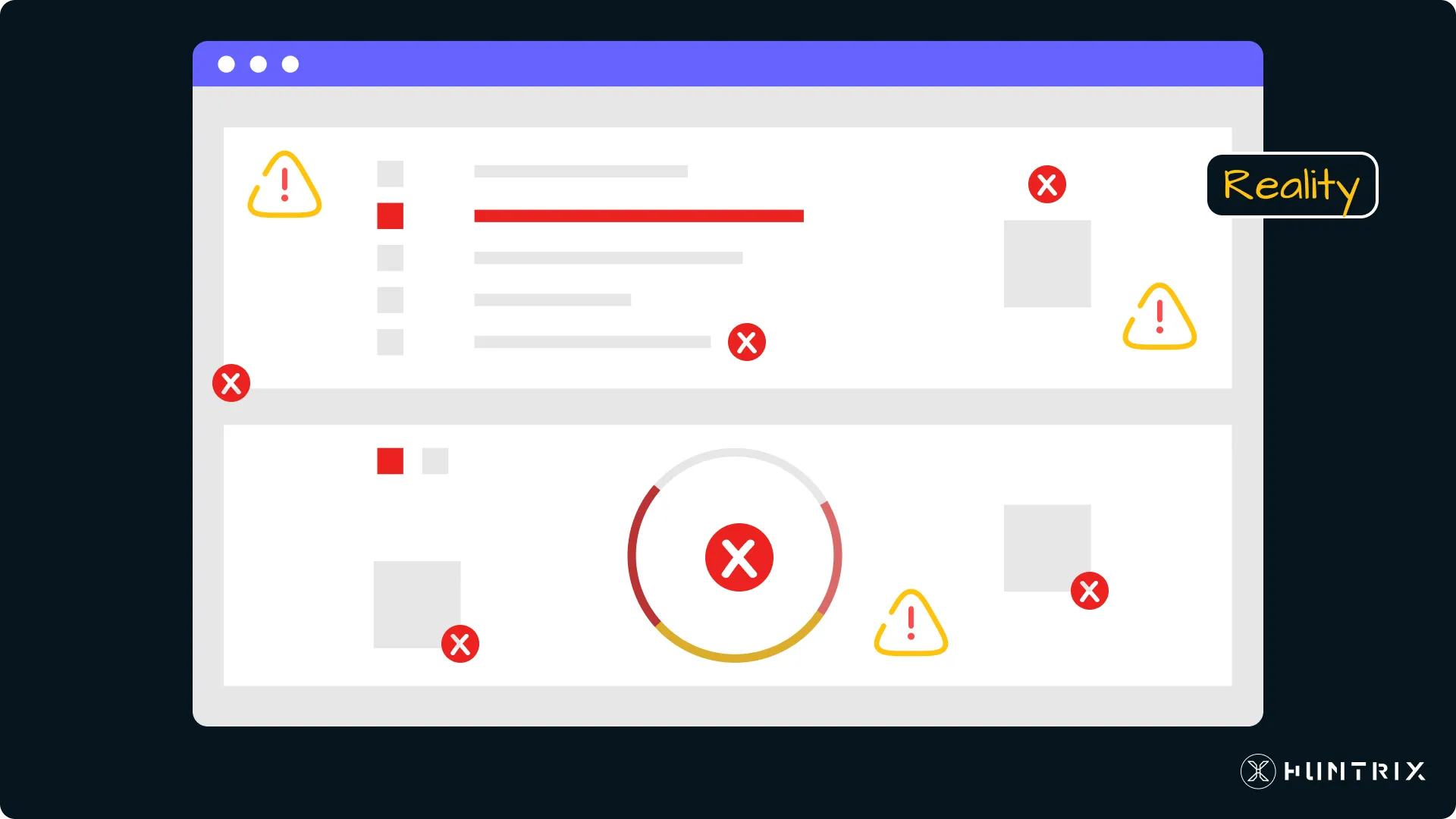

Automation in security compliance is an exciting idea — and a dangerous one if misunderstood.
On the surface, the idea of automating parts of SOC 2 seems like a no-brainer. Faster evidence collection, standardized policy templates, real-time control monitoring? Absolutely appealing. But beneath the surface, compliance isn’t just a systems problem — it’s a human and context-driven one.
SOC 2 Automation Helps — But Only to a Point
We’re big fans of streamlining where it makes sense. You can automate:
-
- Policy generation (with human review and tailoring)
-
- Alerting and ticketing around security events
-
- Evidence collection for certain controls (logs, permissions, access reviews)
These can save time and reduce manual effort.
The challenge is that security and compliance are deeply tied to how your specific company operates — your team, your infrastructure, and your internal processes. No two organizations are alike, and that means a plug-and-play solution often falls short. What works for one company might create gaps or inefficiencies for another. One-size-fits-all tools can’t adapt to the nuances that drive real security outcomes.
The Illusion of “Compliance in a Box”
There are some well-known players in this space (you know the ones that promise SOC 2 readiness in weeks). Some of the well-known automation platforms in this space offer clever features, but we’ve seen firsthand — and heard often — how these solutions can end up functioning more like expensive document repositories with limited strategic value.
A quote from a SOC 2 auditor on Reddit:
“These compliance-in-a-box companies charge a ton, and deliver nothing. In my experience, they end up being used for overpriced document storage only… It all comes down to the fact that you get no real support, and do not have a person to talk to, yet alone a qualified information security auditor.”
The reality is: the hardest parts of SOC 2 aren’t technical. They’re operational. Assigning ownership. Getting buy-in. Adjusting processes. Managing people. No platform fully solves these — and many end up selling a vision of “fast compliance” that disconnects from what it actually takes to build secure systems.
| 🤖 Automate | 🧑🏻💻 Needs Human Context |
|---|---|
| Policy templates | Tailoring policies to actual practices |
| Log evidence collection | Assigning control ownership |
| Ticket generation for control failures | Cross-functional process alignment |
| MFA checks / SSO integrations | Managing exceptions & interpretation |
| Cloud asset inventory tracking | Incident response decision-making |
Good Security Takes Time
There’s a reason many “SOC 2 compliant” companies still get breached. Checkbox compliance without real security maturity is like putting a new coat of paint on a crumbling wall.
We’re all for automation that drives speed and reduces waste — but not at the expense of doing it right. Security is about people, purpose, and process. Good things take time and care. And if your goal is to build trust, sell into bigger markets, or reduce real risk — you need partners and processes that go beyond dashboards.
Bottom Line
-
- Automate what can be standardized. But don’t outsource responsibility.
-
- Ask whether automation supports understanding or just checking boxes.
-
- Look for tools that support your team — not replace their judgment.
Automation isn’t the enemy. False confidence is.
Huntrix helps fast-growing organizations reach SOC 2 compliance and beyond. With a focus on real security.
